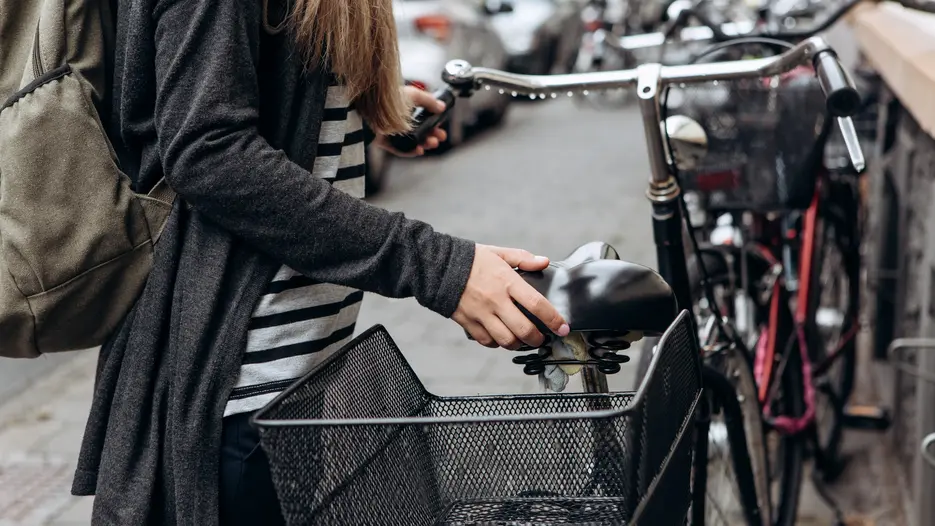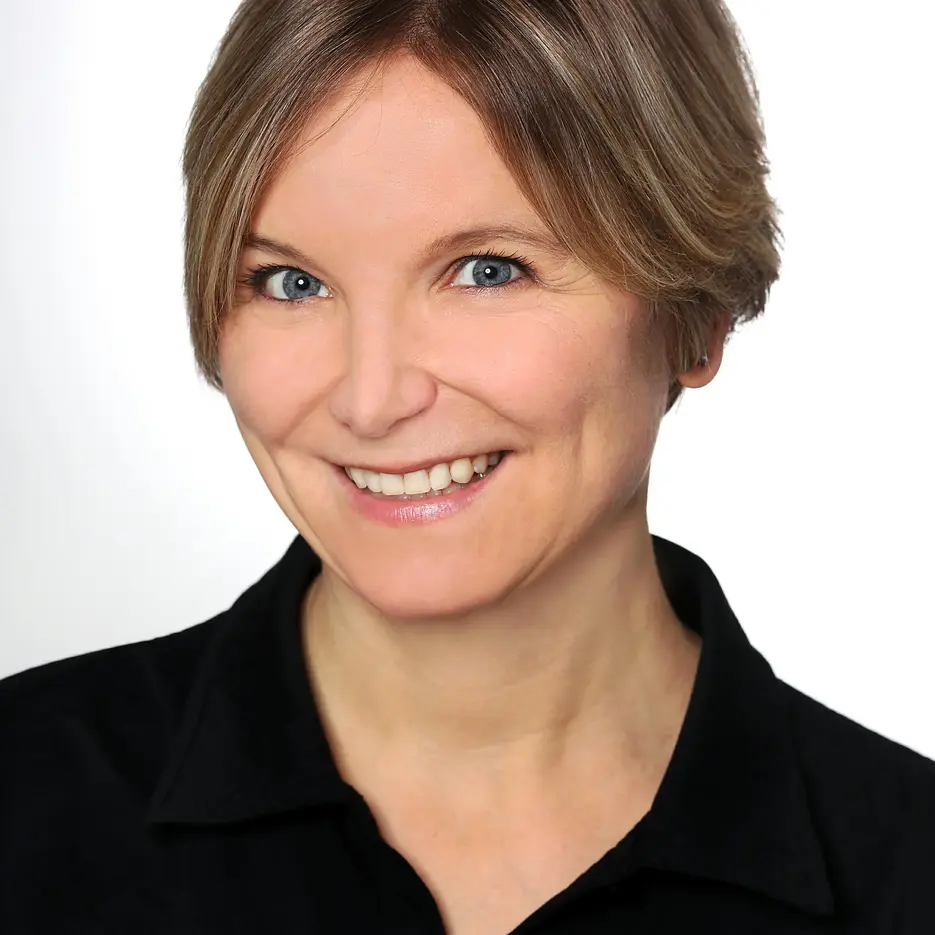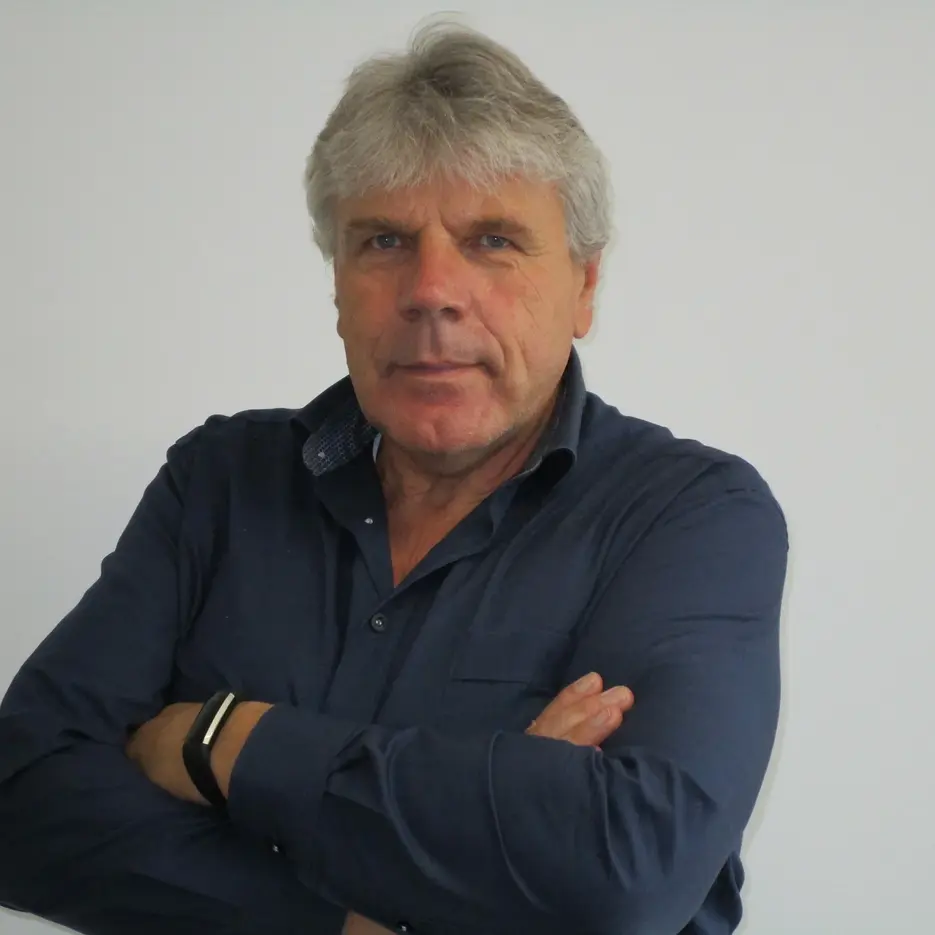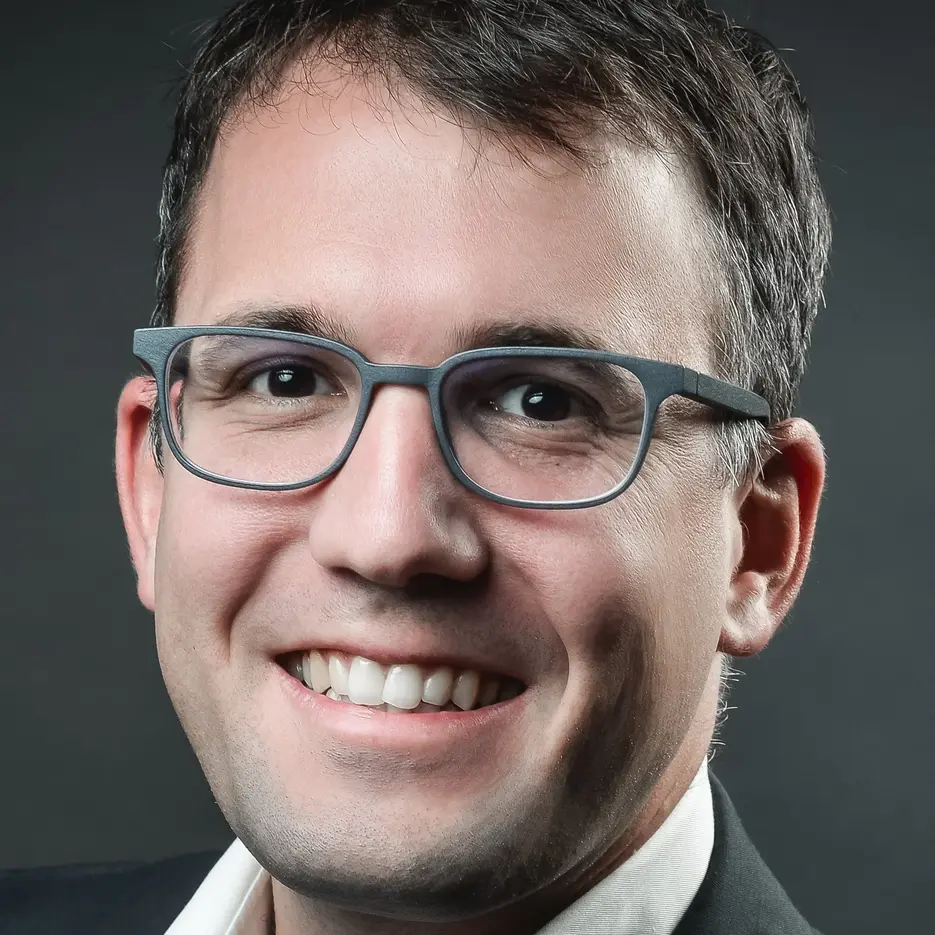What is the future of movement? Questions associated with new mobility concepts are currently being addressed in a joint series of talks conducted by the KU, THI and the regional newspaper Donaukurier. This time, the focus is on the opportunities and challenges of cycling. Bernadette-Julia Felsch (regional chairwoman of the bicycle association ADFC in Bavaria), Konrad Eckmann (bicycle representative of the city of Ingolstadt) and Dr. Pirmin Fontaine (junior professor for Operations Management at KU) will discuss this topic.
Ms. Felsch, Mr. Eckmann, Mr. Fontaine what do you think traffic will look like in the year 2050?
Bernadette-Julia Felsch: I imagine traffic in 2050 to be completely different compared to today. In recent decades, we have reached a dead end with motorized individual transport and the focus on the car, because there are now far too many cars on the roads. We should therefore think about a new system of transport and make more use of environmentally friendly alternatives for passenger transport, such as the bicycle.
Konrad Eckmann: Yes, there will be a lot more e-bikes, pedelecs and cargo bikes in the future. The city of Ingolstadt has developed a mobility concept that has special priority routes for bicycle traffic. There will also be increased use of technology: for example, intelligent signal systems that are more adapted to cyclists.
Pirmin Fontaine: New technological developments also lead away from the classic diesel. Since the technologies have different strengths, we will also increasingly be traveling intermodally, i.e. using different transport systems. For efficient intermodal transport, the systems must also be networked. We are on the right track to make this work by 2050.
What significance does the bicycle have today?
Felsch: On the part of the ADFC, we regularly conduct surveys. For example, the bicycle climate test that is conducted every two years. Many people say they would like to ride a bicycle, but they don't feel safe. Therefore, we have to invest in a good infrastructure. Then we can manage to get more people on their bikes. Especially in rural areas, there are hardly any cycle paths to get from village to village. And cycling on the highway is uncomfortable and unsafe, especially at night.
Fontaine: Especially in the last few months during the Corona phase, public transport became less attractive. Many people switched to the bicycle. That is a key point: We must set different priorities for the infrastructure, for offering transport systems. If the bicycle has a higher priority at traffic lights, it becomes more attractive than the car. This is how traffic can be influenced.
Does the bicycle already have this status in Ingolstadt?
Eckmann: With our mobility concept, we are of course trying to create some improvements. There are specific goals for action: e.g. bicycle parking facilities and priority routes will be expanded further. The aim here is to increase the speed of traveling by bicycle. If cyclists realize that they are saving time while others are stuck in traffic jams, that is a good argument. In Ingolstadt, there are also bicycle couriers who use cargo bikes. When the time advantage becomes evident, more orders will be placed with such companies. This is when change is really starting to happen.
Often, we only speak about passenger transport. What role does freight transport play in a traffic turnaround?
Fontaine: Studies show that freight transport accounts for 20 to 30 percent of traffic. At peak times, however, transport traffic is responsible for up to 80 percent of traffic jams. This is a major influencing factor.
Can e-cargo bikes improve the traffic flow in cities?
Fontaine: In our research project "RadLast", we have investigated the potential of cargo bicycles for urban logistics. One result was: 20 to 30 percent of current parcel traffic in Munich can be delivered by cargo bikes. But there are also challenges: Cargo bike systems are only efficient if there is a distribution point in the city where goods can be transferred from a truck to a cargo bike. For many cities, this raises the question: Where can these micro-depot areas be located? There are already ongoing projects in Munich, Berlin and Hamburg.
Felsch: Yes, delivery traffic is also increasing because more and more people order online. Every single delivery service has their trucks on the road – there is a lack of coordination. The larger and heavier the vehicles are, the more dangerous they are for cyclists. It would therefore be highly desirable for less heavy delivery vehicles to be on the road in cities. In Munich, the first companies are already using cargo bikes.
Do urban concepts already take this into account?
Eckmann: Bicycle parking areas and ‘Park & Bike’ areas are planned as approaches for action. The so-called "last mile" in the urban area, i.e. when goods are distributed in the city, is also an important issue for us. For this reason, we are currently developing a guideline for financial support of cargo bikes. We want to take commercial users on board to make the cargo bike more attractive.
Fontaine: This is an important point. However, we have to bear in mind: If all parcel service providers switch from conventional vehicles to cargo bikes, the number of kilometers driven in the city will initially rise, as we have been able to demonstrate. Since we have smaller vehicles, the tours will become more inefficient. However, the impact on the environment and – depending on the city – also on traffic is significantly lower. The situation can also be improved if the same service providers do not drive in the same areas. We can divide traffic better. In the city center, this can lead to significant savings.
Is the risk of arising conflicts between different user groups higher if bicycle traffic increases?
Eckmann: That is a challenge, indeed. In Ingolstadt, we have decided to partially abolish the obligation to use cycle paths. We have already done this for some streets. On main roads with two or four lanes, this is of course not possible at the moment. The aim is to take speed cyclists on pedelecs or cargo bikes away from the cycle paths and have them cycle on the road. Here, it is intended that bicycle traffic shares the traffic space with motor vehicles. This will leave cycle paths to families with children or elderly people.
Felsch: Yes, there are many different speeds in bicycle traffic. Of course, those who are on the road with bicycle trailers or cargo bikes are slower than normal cyclists with or without Pedelecs. Now, we also have the new e-scooters. However, overtaking cannot be done safely because the cycle paths are too narrow. A good cycle path is at least 2.5 meters wide, clearly visible and protected from car traffic. Those who are insecure do not want to ride on the road, also because many car drivers still see cyclists as a provocation and get too close when overtaking them.
Can digitalization support the management of bike traffic?
Fontaine: We are dealing with this issue very intensively in the field of research. Especially for sharing systems the question is: Do I get a bike when I need one? Drawing on past data, it is possible to predict where and when demand is very likely to reoccur. Suppliers then know where bicycles should ideally be located and can use their resources more efficiently. When delivering goods, for example, not every package size in every area is suitable for cargo bikes. But past data can be used to determine the potential of the areas. This enables cities and municipalities to use measures in a more targeted manner.
Eckmann: Intelligent bicycle helmets could, for example, alert cyclists to danger spots or to the surfaces of cycle paths. Is the surface tarmac or gravel? Are there alternative routes? This information is very useful for bicycle couriers. You could also indicate how the traffic lights are organized: Do I have priority as a cyclist?
Felsch: Yes, in cycling traffic you often concentrate on navigating. But digital solutions for linking bicycle and rail traffic would also be very important to make it easier to take your bicycle with you on the train.
Is bike traffic the central key to sustainable mobility?
Felsch: Of course (laughs). We think that it is a very important component of traffic turnaround. The bicycle has existed for two hundred years and has recently been optimized greatly on the technical side. It is healthy, saves space and its efficiency is unbeatable. No other means of transport generates so much range with so little energy input. In cities like Copenhagen, Paris or Barcelona, we can see that investing in bicycle traffic pays off – especially when it comes to reducing traffic jams, noise and air pollution.
Fontaine: But we have to bear in mind that the bicycle is not the only component. Still, it is an important key component, as it is the most environmentally friendly option of all technologies.
Eckmann: There is also still some potential in cycle tourism. In the leisure sector, there are far more possibilities for bike activities nowadays. It also makes sustainable tourism possible in big cities. Municipalities can take a positive influence by offering charging stations and bicycle boxes, and thus offer something to bicycle tourists.
The interview was conducted by Thomas Metten.



